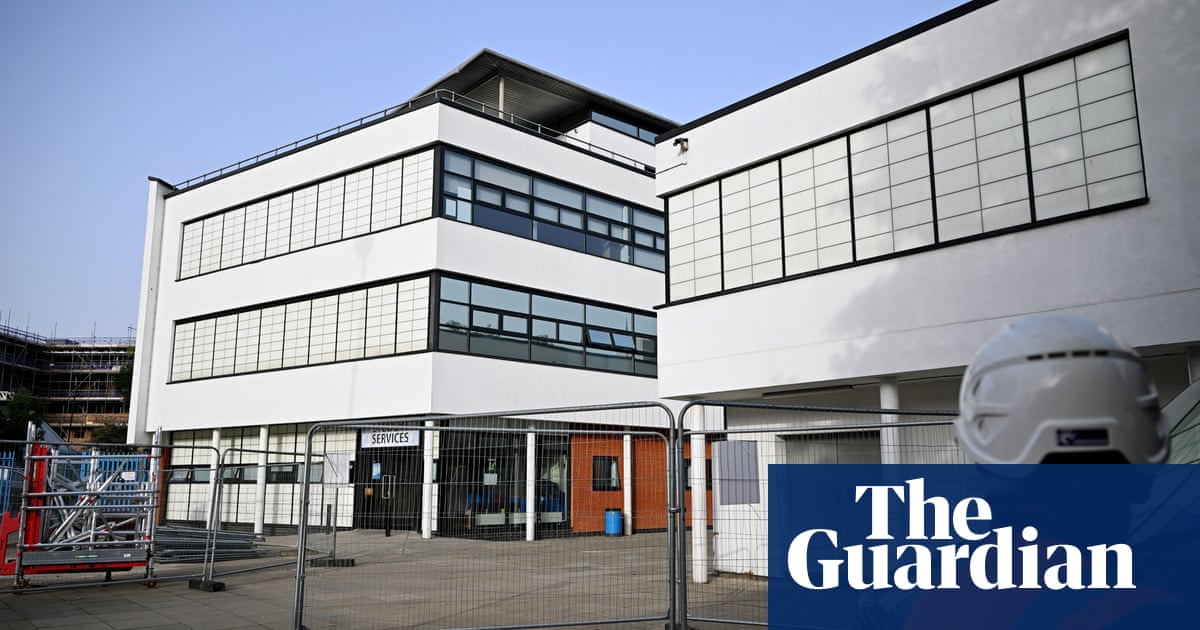Crumbling and potentially dangerous concrete has been found in 174 English schools, 27 more than previously known, as ministers face criticism for a slow response to the crisis.
As it emerged that only 11 schools have temporary classrooms in place out of the at least 29 that require them, the education secretary, Gillian Keegan, said some pupils had told her they preferred being taught in portable cabins. A total of 250 temporary units have been ordered to help schools unable to use certain areas.
In a revised list of schools affected by reinforced autoclaved aerated concrete (Raac), the first official government update on the crisis in a fortnight, the Department for Education (DfE) said 23 schools were having to use a mix of virtual and in-person learning, three more than before. However, only one school is being forced to use entirely remote learning, down from four in the initial list, and none are completely closed.
MPs on the education select committee criticised the DfE’s response to the problem, with one saying the department had shown a “computer says no” attitude, quibbling over requests for small amounts of funding and being slow to provide mobile classrooms.
The permanent secretary at the DfE, Susan Acland-Hood, revealed that almost 250 temporary classrooms had been ordered by schools affected by Raac, but so far just 11 schools had them in place. She said considerably fewer than 250 might eventually be needed.
Mark Francois, the Conservative MP for Rayleigh and Wickford, in Essex, which has 53 schools affected by Raac, claimed some headteachers with schools affected by Raac had had to use their own money to pay for vital items.


